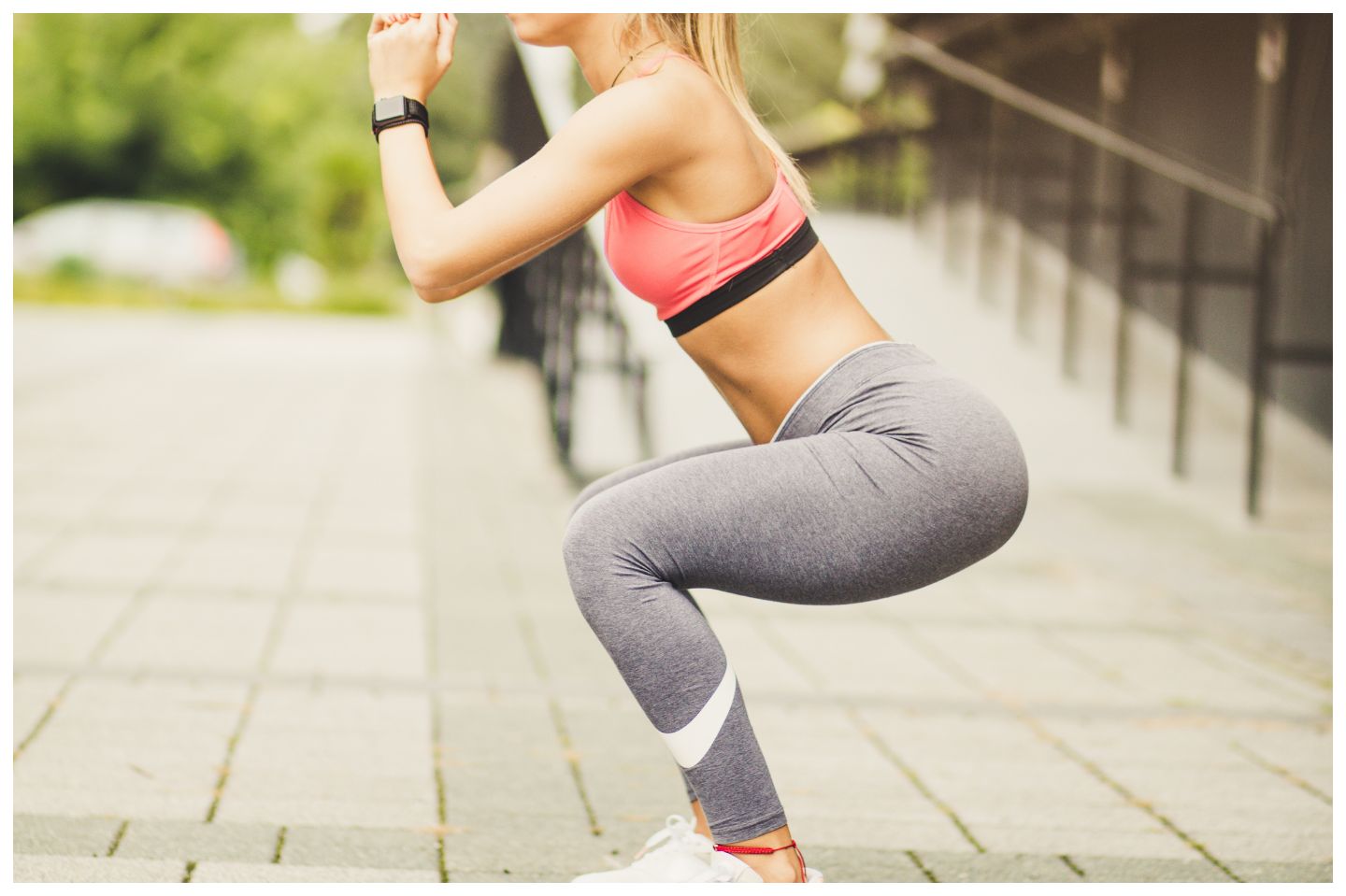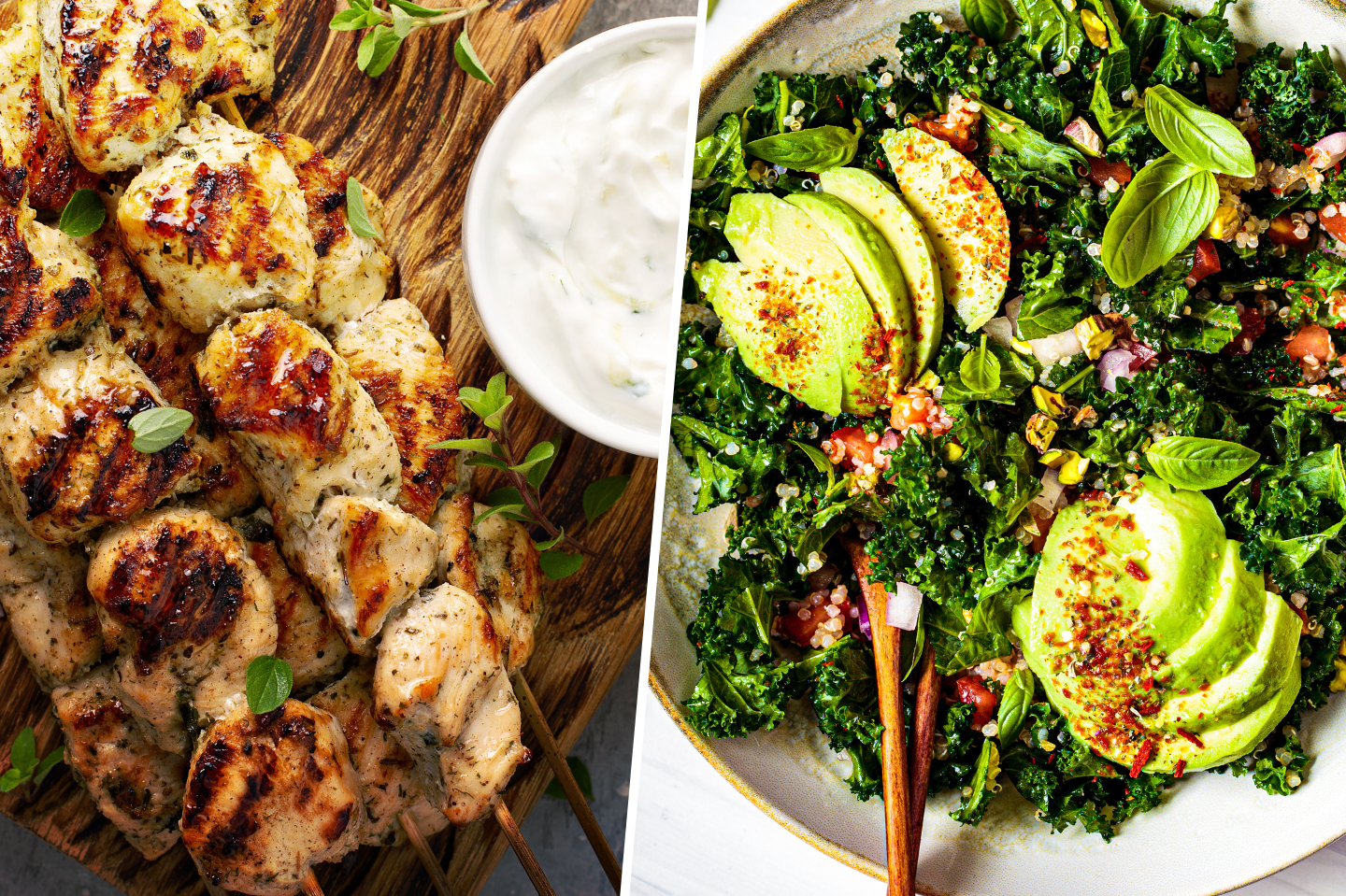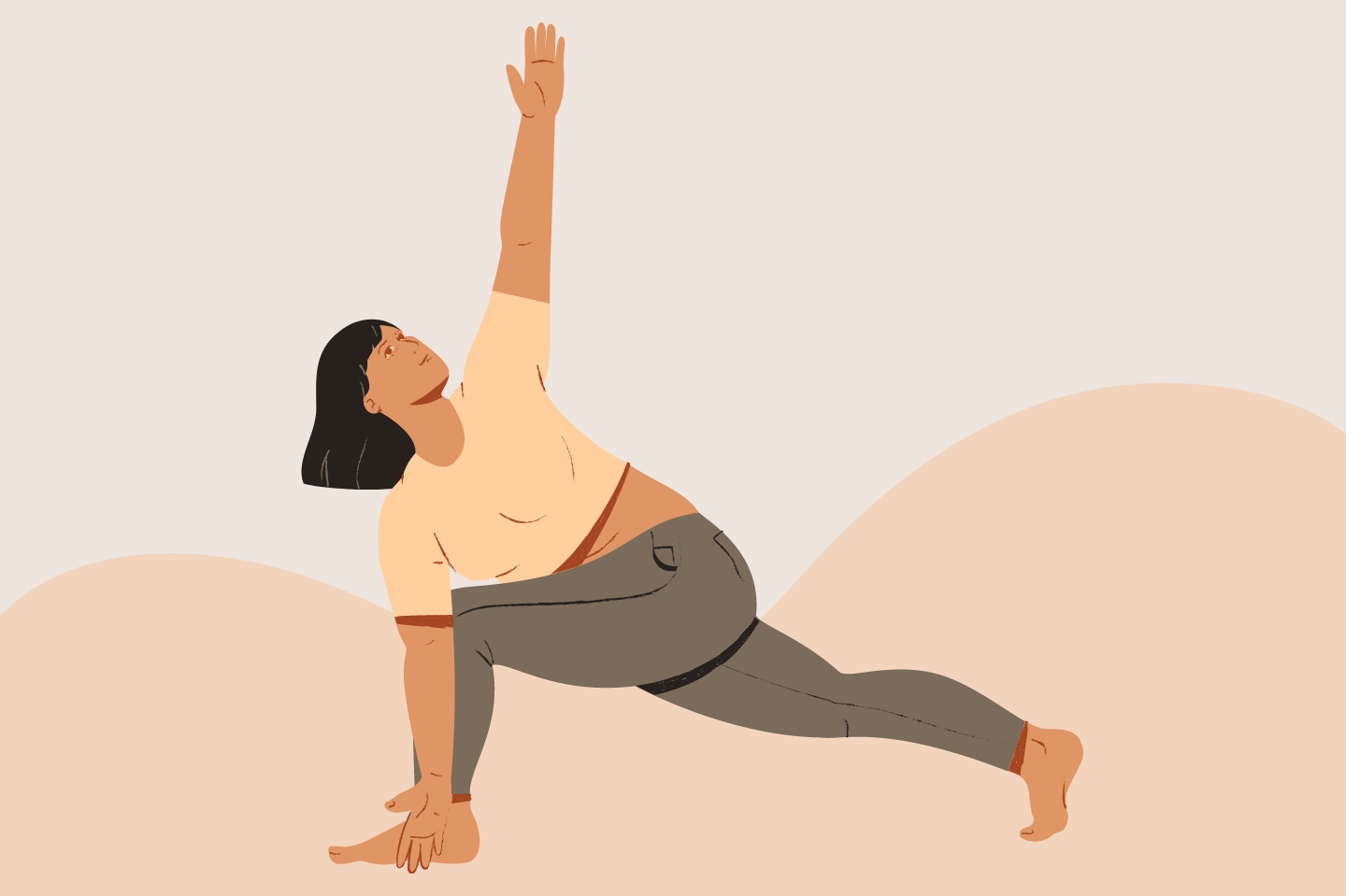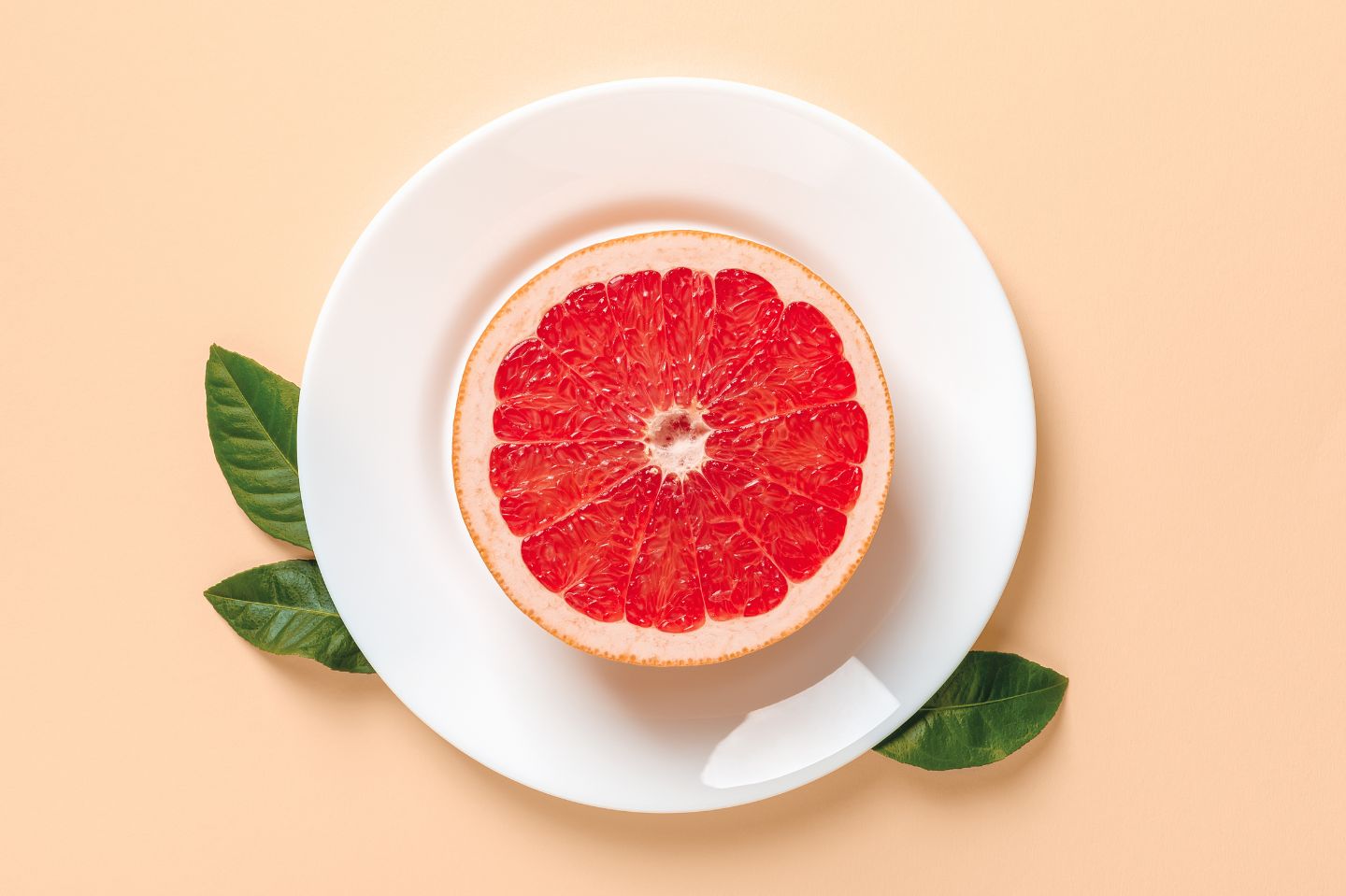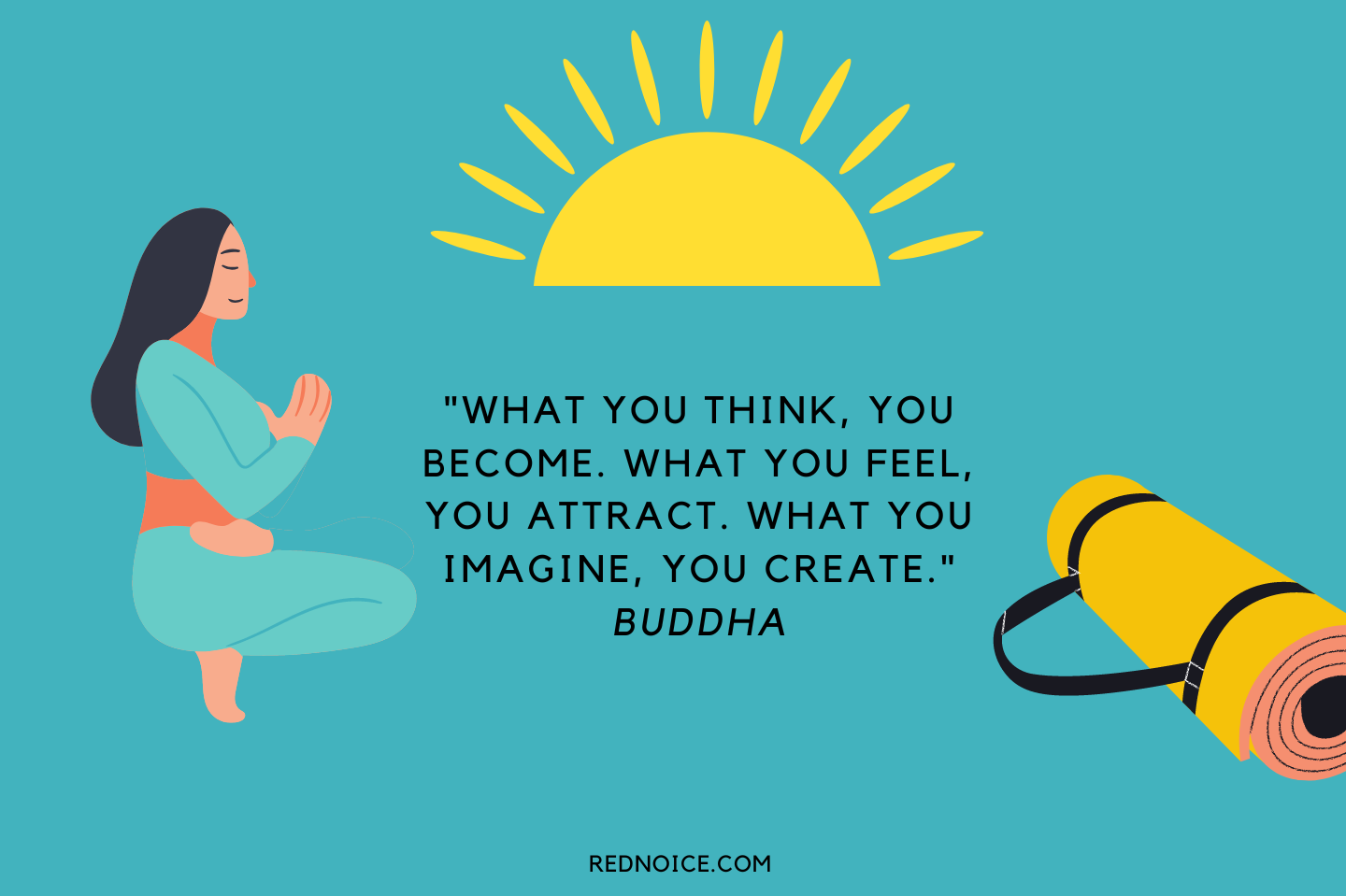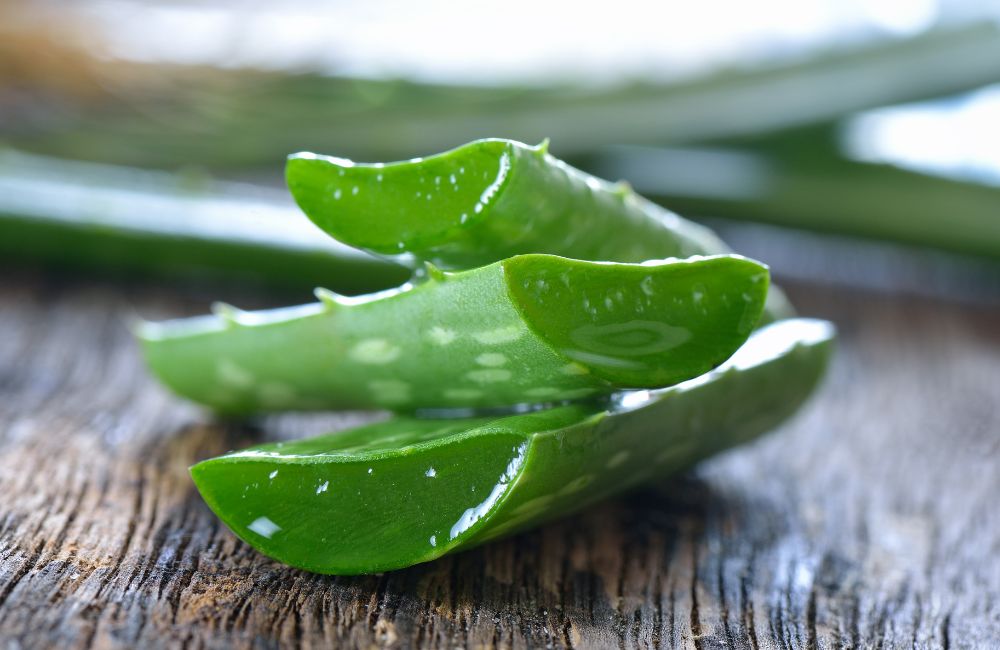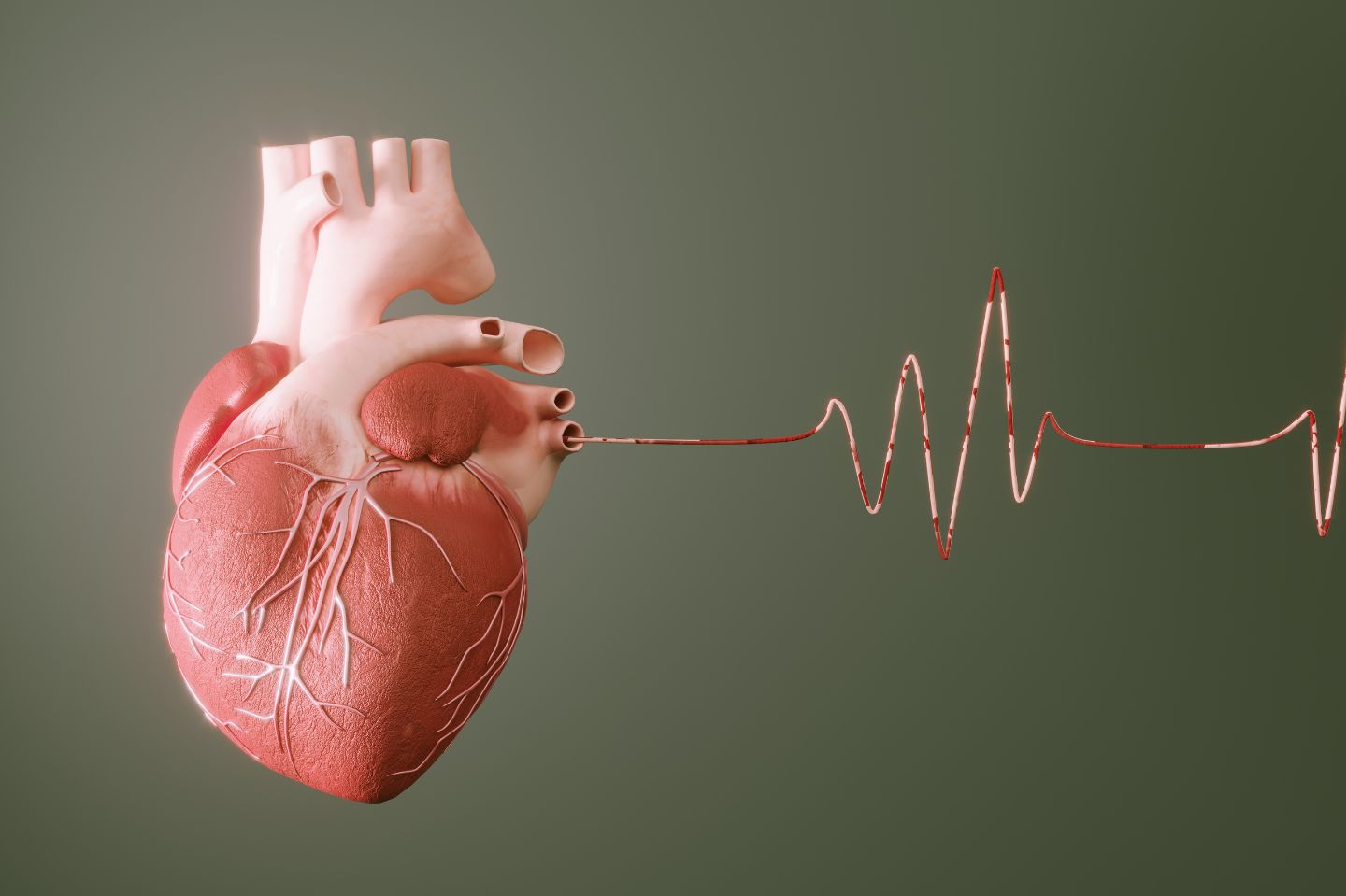New to the world of yoga and not sure where to start? These fundamental yoga poses for beginners offer an ideal introduction to the practice.
Yoga, an ancient discipline incorporating specific poses (asanas) and breathwork (pranayama), has surged in popularity in recent times. From social media to local studios, yoga has become ubiquitous—and for good reason.
Research indicates that practicing yoga yields numerous health benefits, enhancing both physical and mental well-being. It cultivates a sense of tranquility, improves body awareness, and reduces stress and anxiety.
Furthermore, yoga can bolster core strength, posture, and digestion, while also easing back pain.
If you’re considering diving into yoga, now is the perfect moment. It can positively impact every facet of your health. To assist you in embarking on this journey, acquaint yourself with these foundational yoga poses—ones commonly encountered in many classes.
10 Easy Yoga Poses for Beginners
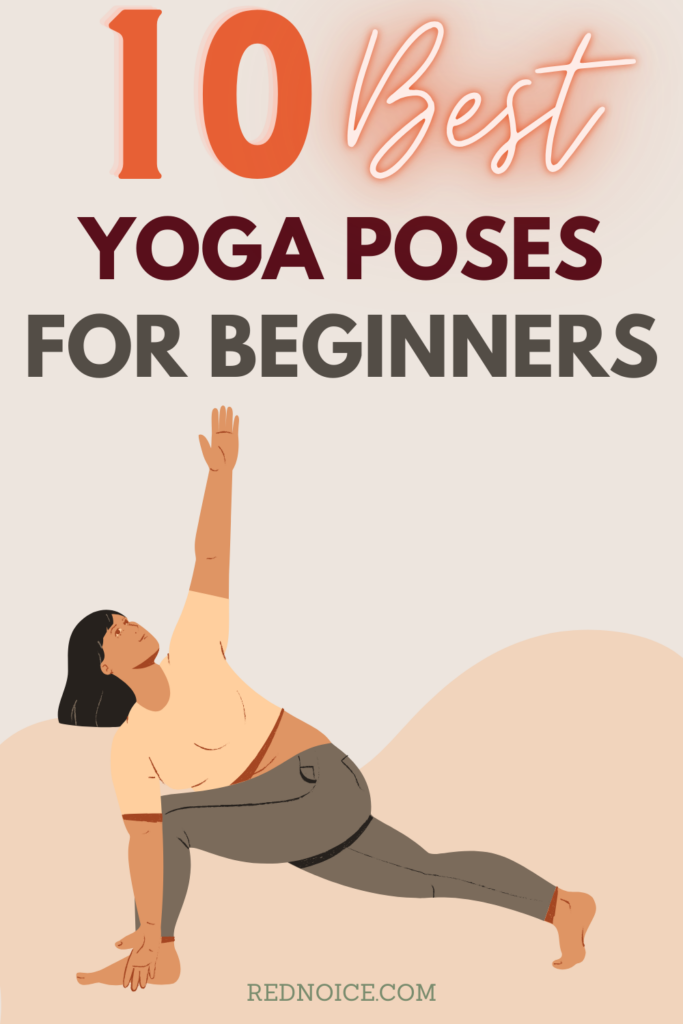
Think of this as your cheat sheet for yoga.
Corpse Pose (Savasana)
Savasana, typically practiced at the conclusion of a yoga session, serves to relax and calm both mind and body. It’s a straightforward yet deeply beneficial pose. Savasana aids in quieting the mind, relaxing the body, and alleviating stress.
How to do it:
- Lie on your back, arms at your sides with palms facing up, legs extended in front of you.
- Close your eyes and focus on relaxation for 5 minutes, breathing naturally.
- Feel your belly rise and fall with each breath. Gently transition out of the pose by rolling onto one side before rising to a seated position.
Mountain Pose (Tadasana)
Tadasana forms the foundation for all standing poses. It’s a fundamental posture used for transitioning between poses or as a standalone exercise for breathing and aligning posture.
How to do it:
- Stand with feet hip-width apart, engage your core, and tuck your tailbone.
- Extend your arms alongside your body.
- Stand tall, embodying the steadiness of a mountain. Hold for a few breaths, then exhale to release or transition to the next pose.
Easy Pose (Sukhasana)
Sukhasana enhances flexibility in the hips and back. It strengthens the abdomen and back muscles while opening the hips, groin, and outer thigh muscles.
How to do it:
- Sit upright with legs crossed, shoulders drawn back, and relax.
- Engage your core, lengthen your spine, and lift the crown of your head toward the ceiling.
- Breathe steadily and calmly. Hold the pose for a few minutes, alternating the cross of your legs if practicing regularly.
Upward Facing Hand Pose (Urdhva Hastasana)
Upward facing hand pose, also known as Upward Salute, Upward Tree Pose, or Palm Tree Pose, is excellent for stretching the entire body and facilitating energy flow. It enhances alertness and makes breathing easier by expanding the ribs and lungs.
How to do it:
- Begin by standing tall with your feet hip-width apart in Mountain Pose.
- Inhale as you bring your hands up towards the sky, slightly arching your back.
- Hold the pose for as long as comfortable, then exhale to release.
Cat Pose (Marjariasana)/ Cow Pose (Bitilasana)
These two poses are often practiced together, flowing from one to the other. They gently stretch the lower back and spine, benefiting the back and abdomen. These stretches can help alleviate cramps and improve posture.
How to do it:
- Start on your hands and knees, with your hands under your shoulders and knees under your hips.
- Inhale as you arch your back, bringing your head and hips up towards the sky (Cow Pose).
- Exhale as you round your back, tucking your head (Cat Pose).
- Repeat for at least five breaths.
Seated Forward Fold (Paschimottanasana)
Paschimottanasana is a classic pose that stretches the back and hamstring muscles, lengthening the spine.
How to do it:
- Begin standing tall with your feet hip-width apart in Mountain Pose (Tadasana).
- Inhale as you bring your arms up towards the sky.
- Exhale, folding forward and reaching your hands towards your feet. If you can’t reach your feet, reach as far as you comfortably can.
- Hold for a few breaths, then inhale to rise back up.
Cobra Pose (Bhujangasana)
Bhujangasana strengthens the shoulders and back while stretching the chest, improving spinal flexibility.
How to do it:
- Start lying on your belly with your hands beneath your shoulders.
- Inhale as you lift your head, neck, and chest off the ground, using your back muscles.
- Hold for a few breaths, then exhale to lower back down.
Garland Pose (Malasana)
Malasana is a deep squat yoga pose that opens the hips, groin, thighs, and ankles, increasing blood circulation in the pelvis.
- How to do it:
- Begin standing with your feet a little more than hip-width apart.
- Exhale as you squat down, keeping your toes and knees pointed out to the side.
- Bring your elbows to the insides of your knees and keep your hips pressed down and back.
- Hold for a few breaths, then inhale back to standing to come out of the pose.
Downward Facing Dog (Adho Mukha Svanasana)
A downward-facing dog elongates the spine and strengthens the back and upper body muscles.
How to do it:
- Start on all fours with your palms and knees on the floor.
- Breathe out as you tuck your toes under and lift your hips and glutes.
- Slowly straighten your legs, stretching your arms and legs evenly.
- Hold the pose for a few breaths, then gently sit down on your heels to release.
Four-Limbed Staff Pose (Chaturanga Dandasana)
Chaturanga Dandasana is a strong, invigorating pose that engages the entire body.
How to do it:
- Begin in Plank Pose, with your hands directly under your shoulders.
- With an exhale, lower yourself down halfway, maintaining alignment in your spine and pelvis.
- Hug your elbows in close to the sides of your body.
- Release the posture by gently lowering yourself all the way to your mat or flowing through.


